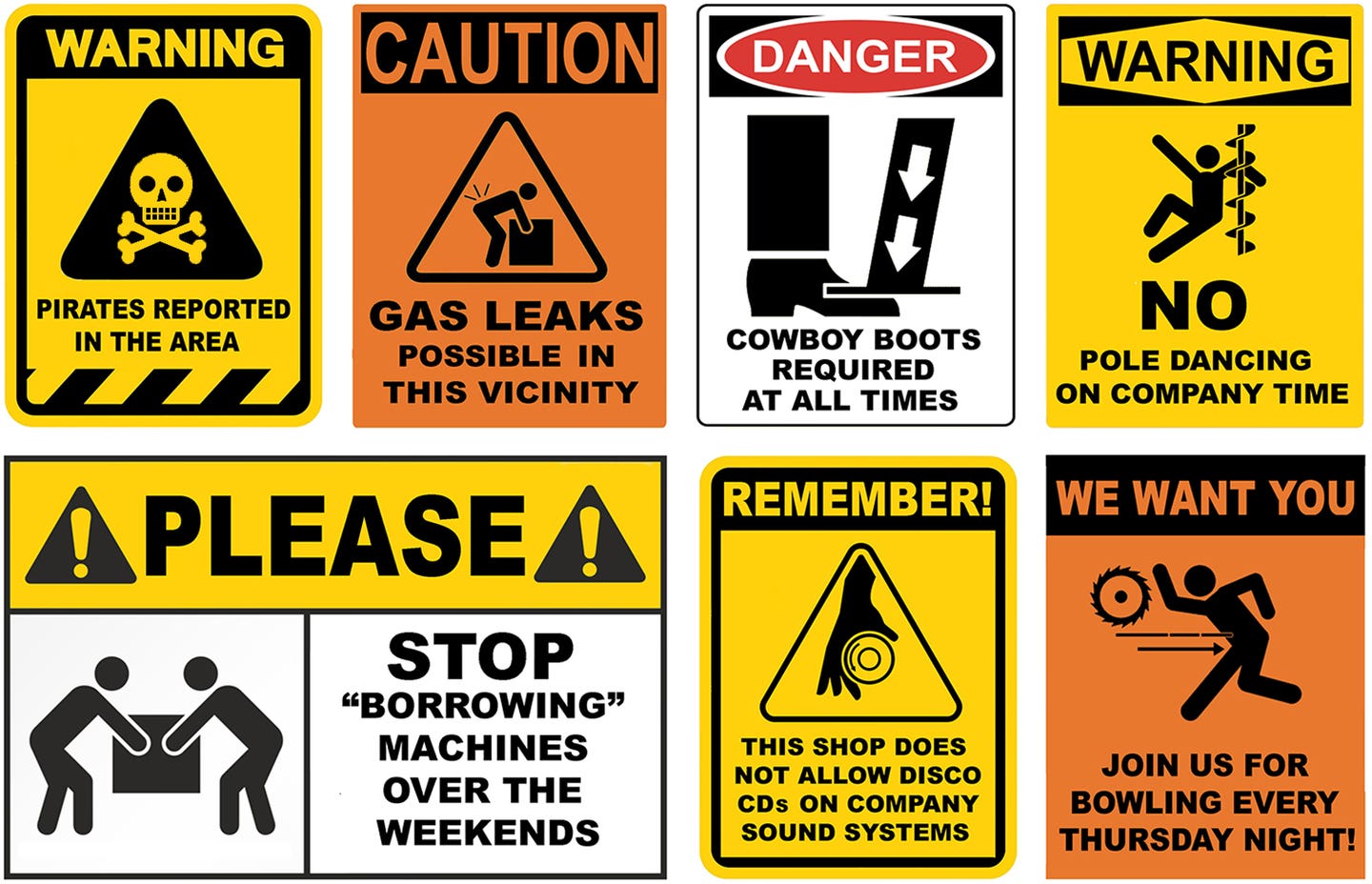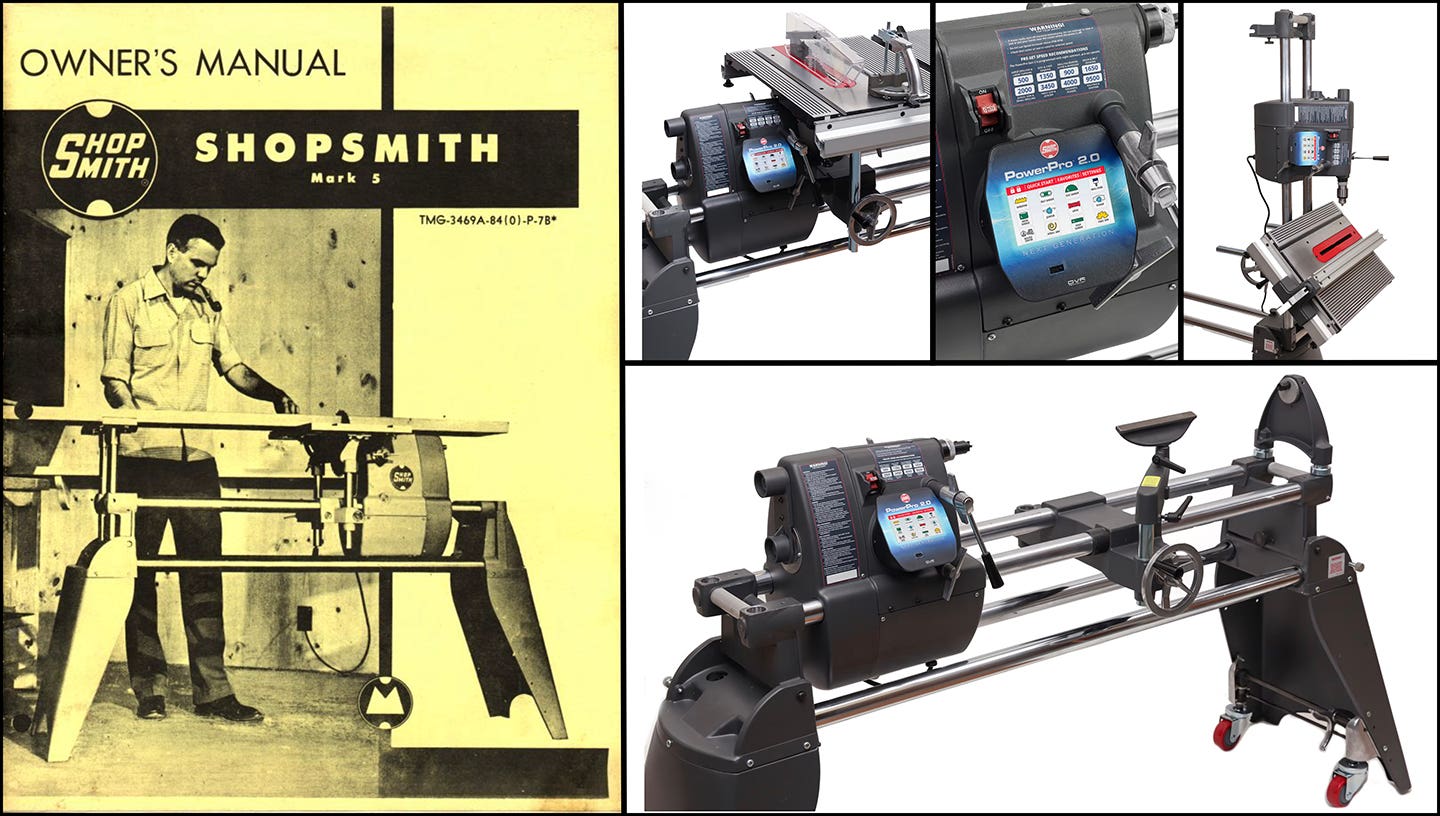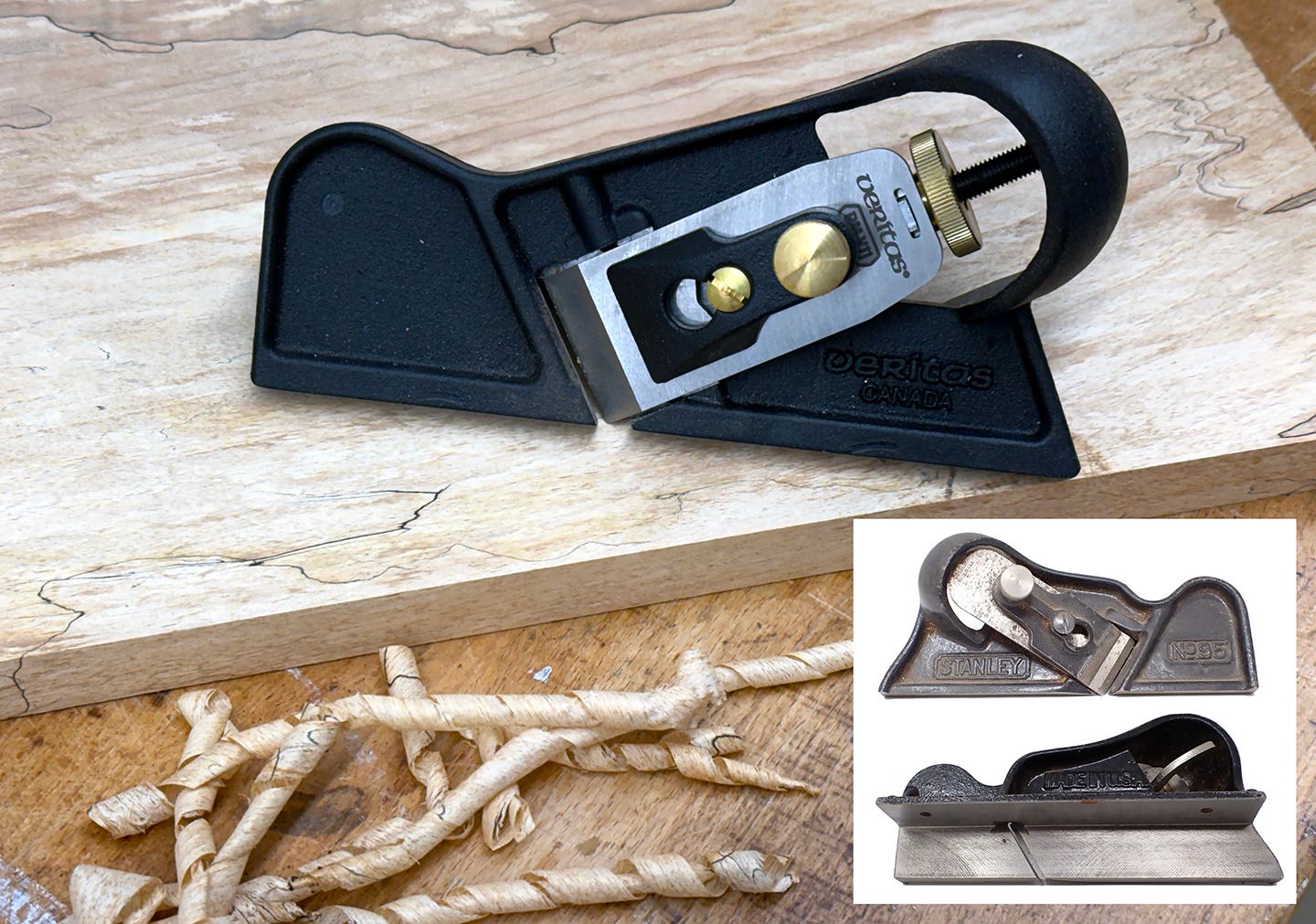Solar panels power this shop year-round
We have a 43-panel, 9.8-kilowatt photovoltaic system on the roof of our building. I had it installed in the fall of 2008, using all the available state and federal incentives….
We have a 43-panel, 9.8-kilowatt photovoltaic system on the roof of our building. I had it installed in the fall of 2008, using all the available state and federal incentives. Even with that, it will be about a 10- to 12-year payback on the out-of-pocket cost.
However, the system provides about 80 percent of our electricity needs during the year. In the summer months, it produces substantially more than we need and the extra is fed back into the grid and credited to our account. In the winter, when it does not produce as much as we need, we draw on those credits. Our bill never drops below $100 due to standard base fees and the demand charge, but even in the winter it stays well under $200 because of the power the system produces and the banked credits from summer production.
Photovoltaic panels are more efficient when it is cold so most systems generate more power in the winter. Given the nature of our installation, our panels have a very slight 5-degree tilt, versus the 30-degree tilt more commonly seen. As such, we get more power in the summer when the sun is straight overhead and the days are longer than in the winter when it is well down on the southern horizon. Personally, I like this arrangement and feel the longer days more than offset the reduced hot weather efficiency.
With a grid-connected system, there are no batteries. If power goes out for any reason, the solar system shuts off so it won’t be back-feeding into the grid and injure a lineman making repairs.
Connecticut has always been on the forefront of alternative energy programs, although I believe that now the incentive money is not as available as it was in past years. If you are seriously thinking about this, contact a local solar installation company and they will let you know about all of the financial assistance available in your state.
If you are up to it and have the knowledge and skills, these systems are not that complex to build. However grid-connected systems must be inspected by the power company and it can be tough to please, as should be the case.
Twelve-volt battery storage systems are not as complicated for residential use, but I don’t know of any that would stand up to the demands of a full-blown industrial shop. In a residential situation, you can run some 12-volt lighting, etc., or even a small inverter to bring the voltage to 120. However, for a shop, you would need a substantial inverter for the amount of power involved. We have a 4,000-watt and a 6,000-watt inverter paired up on our system. These tie right into our main breaker panels, which are also tied to the feed from the street. Everything runs automatically. When the sun is out, the power from the solar panels feeds the shop and, when the sun is not out, we get power from the grid. It is all seamless and, unless you look at the indicators on the outside meter box, you don’t know the difference.
B.H. Davis is the owner of B.H. Davis Co., a radius millwork specialist, in Grosvenordale, Conn.
This article originally appeared in the August 2011 issue.
A.J. Hamler is the former editor of Woodshop News and Woodcraft Magazine. He's currently a freelance woodworking writer/editor, which is another way of stating self-employed. When he's not writing or in the shop, he enjoys science fiction, gourmet cooking and Civil War reenacting, but not at the same time.







